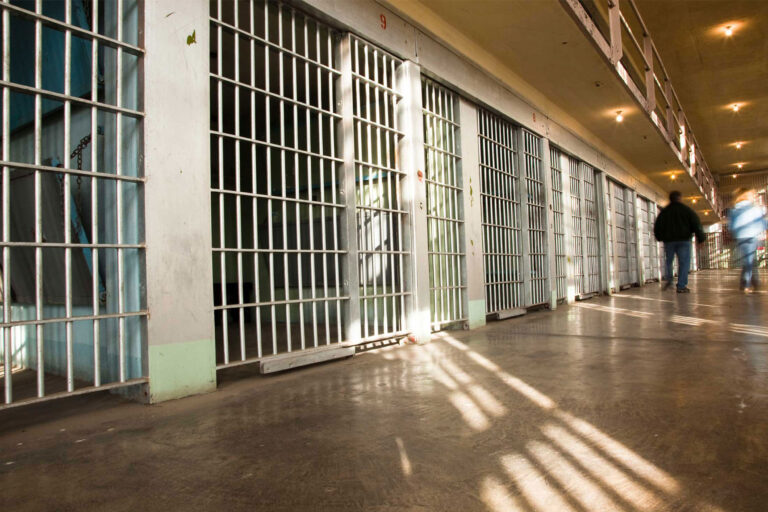Over the past decade, California has implemented several corrections reforms—including public safety realignment in 2011 and Proposition 47 in 2014. The aim was to reduce incarceration levels and improve offender outcomes without reducing public safety. The rate of rearrest and reconviction, or recidivism—which has long been quite high in California—is an important indicator of the impact of the reforms. At a briefing in Sacramento last Thursday, PPIC researcher Mia Bird outlined the findings of a new report on recidivism among all types of felony offenders—including those sentenced to prison, jail only, jail followed by probation, or probation only.
Recidivism is often used to capture changes in reoffending in response to a policy change. However, it is important to note that these rates may also reflect changes in the practices of criminal justice agencies. The PPIC analysis, which draws on data collected from 12 representative counties, finds that overall recidivism rates for felony offenders declined between 2011 and 2015. Bird outlined several other key findings:
- Rearrest and reconviction rates fell sharply for felony drug offenses; rearrest rates went up slightly among individuals convicted of offenses against a person (including violent offenses), but the reconviction rate did not change.
- Recidivism rates declined for all four sentencing groups. Initially, there were increases in recidivism among individuals who were sentenced to probation, with or without jail time, but these rates decreased in later years and under Proposition 47.
- Individuals released from prison had the highest reconviction rates; this finding is consistent with previous research that has found little evidence of a link between more-severe sanctions and lower recidivism.
- Rearrest rates for felony offenses increased in the last several months covered by the analysis.
Bird noted that there are several possible interpretations of these findings. There are grounds for optimism: “We do see that we’ve achieved a really large reduction in incarceration and we haven’t seen big increases in recidivism. In many ways that suggests that we’ve managed this transition quite well.”
However, she underlined the need to recognize that recidivism rates are linked to multiple factors: “They may partially represent individual behavior and they may partially represent criminal justice practice.”
Asked what the PPIC analysis indicates about future steps the state should take, Bird said, “Policy that supports data collection, data integration, and monitoring and evaluation . . . is essential. We know we can do better if we know more.”




